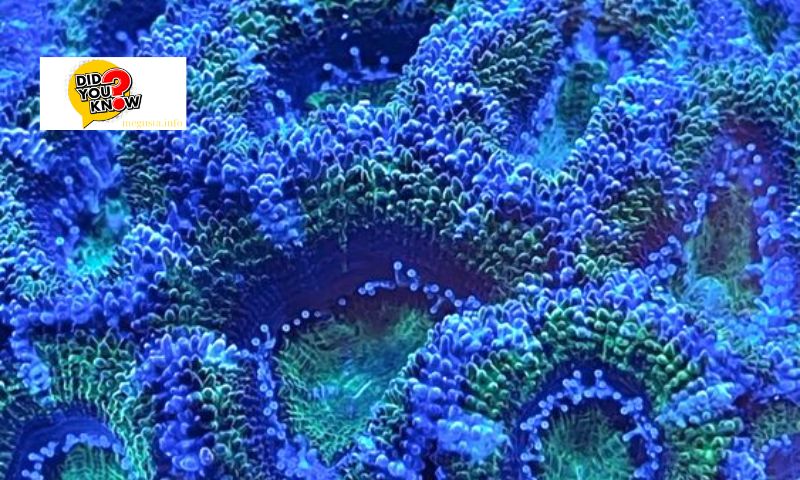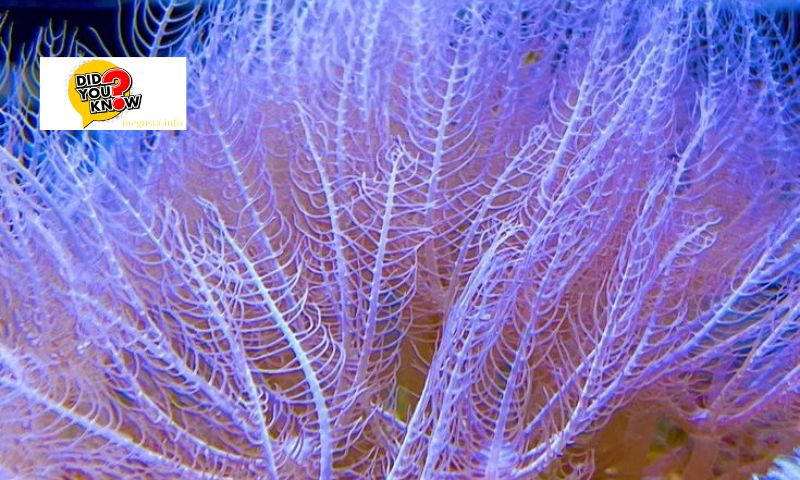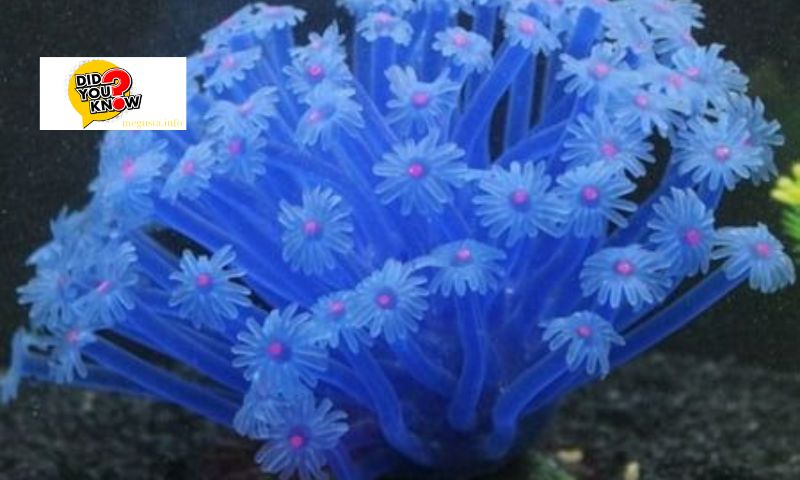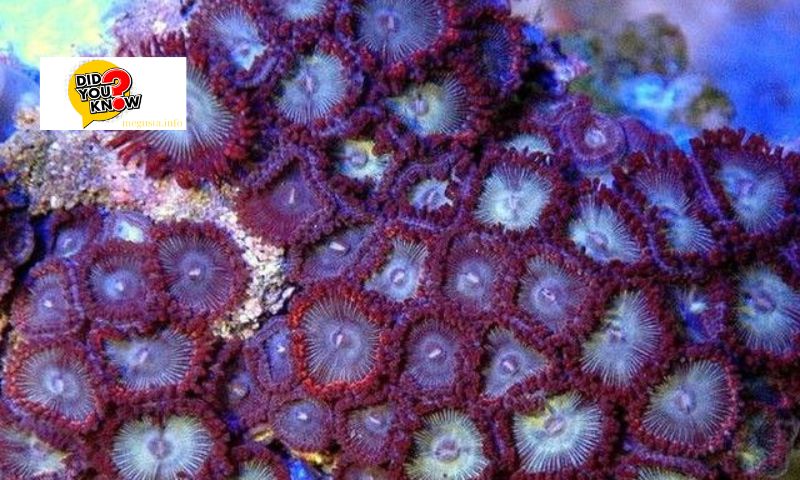Vietnam, with its extensive coastline and rich marine biodiversity, boasts some of the most diverse coral reefs in the world. Understanding the types of corals found in Vietnam is crucial for both conservation efforts and appreciating the natural beauty of these underwater ecosystems. This article from Megusta.info will discover all!
What are Coral Types?

Coral reefs are intricate marine ecosystems formed by colonies of tiny organisms called coral polyps. These polyps secrete calcium carbonate to form hard exoskeletons, which over time accumulate to create the stunning coral reefs we see today. Corals are classified into various types based on their structure, growth patterns, and appearance.
Coral Diversity in Vietnam
Vietnam’s coastline spans over 3,000 kilometers, encompassing diverse habitats that support a wide array of coral species. The country’s coral reefs are predominantly found in the waters of the South China Sea, particularly along the central and southern coasts. These reefs play a vital role in supporting marine life and protecting coastal areas from erosion.
Major Types of Coral Found in Vietnam

Vietnam’s coral reefs are home to a plethora of coral species, each with unique characteristics and ecological roles. Understanding the major types of corals found in Vietnam helps in appreciating their biodiversity and importance in marine ecosystems.
Hard Corals
Hard corals, also known as stony corals, are the primary builders of coral reefs. They belong to the order Scleractinia and are characterized by their hard, limestone skeletons. In Vietnam, hard corals such as Acropora spp., Porites spp., and Montipora spp. dominate the reef structures, providing habitat and food for numerous marine organisms.
Soft Corals
Soft corals, belonging to the order Alcyonacea, differ from hard corals in that they lack the hard, stony skeletons. Instead, they have a flexible internal structure composed of proteinaceous material called gorgonin. Species like Dendronephthya spp., Sinularia spp., and Sarcophyton spp. are commonly found in the warm waters around Vietnam, adding vibrant colors and textures to the reef landscapes.
Stony Corals
Stony corals, a subgroup of hard corals, are known for their robust skeletal structures and intricate colony formations. Species such as Favia spp., Favites spp., and Symphyllia spp. are prevalent in Vietnam’s coral reefs, contributing to the reef’s structural integrity and biodiversity.
Brain Coral
Brain corals, characterized by their rounded shape and convoluted appearance resembling a human brain, are prominent in Vietnam’s reef environments. These corals, including species like Diploria spp. and Platygyra spp., play crucial roles in reef-building and providing shelter for marine life.
Threats and Conservation

Despite their ecological significance, Vietnam’s coral reefs face numerous threats that endanger their survival.
Climate Change Impacts
Rising sea temperatures, attributed to climate change, pose a significant threat to coral reefs worldwide, including those in Vietnam. Elevated water temperatures can cause coral bleaching, a phenomenon where corals expel their symbiotic algae, leading to coral starvation and death.
Pollution and Overfishing
Pollution from coastal development, agricultural runoff, and marine debris pose another threat to Vietnam’s coral reefs. Sedimentation and nutrient runoff can smother corals and disrupt their delicate balance while overfishing can deplete fish populations that play essential roles in reef ecosystem dynamics.
Conservation Efforts and Initiatives
To protect and sustain Vietnam’s coral reefs, conservation efforts are paramount.
Government Policies and Marine Protected Areas
Vietnam has established marine protected areas (MPAs) and implemented policies aimed at conserving coral reefs and marine biodiversity. These MPAs restrict fishing practices and implement sustainable tourism guidelines to minimize human impact on reef ecosystems.
Community Involvement and Awareness Programs
Engaging local communities in conservation efforts plays a pivotal role in safeguarding Vietnam’s coral reefs for future generations. These fragile marine ecosystems face numerous threats, including climate change, pollution, and overfishing, making community involvement essential for their preservation.
Educational programs are a cornerstone of community engagement, empowering local residents with knowledge about the ecological significance of coral reefs. These programs not only educate community members about the diverse marine life that depends on reefs but also highlight the reefs’ role in coastal protection and sustainable fisheries.
Community outreach initiatives further enhance conservation efforts by fostering a sense of stewardship among local populations. Through workshops, seminars, and interactive events, communities learn about practical steps they can take to reduce their environmental impact on coral reefs. These initiatives often include demonstrations of sustainable fishing practices, waste management strategies, and reef-friendly tourism guidelines.
Partnerships with stakeholders, including government agencies, non-profit organizations, and businesses, are instrumental in scaling up conservation efforts. Collaborative projects leverage expertise and resources to implement effective conservation strategies, such as establishing marine protected areas (MPAs), enforcing fishing regulations, and monitoring reef health.
Raising awareness about the importance of coral reefs is a key objective of community engagement efforts. By highlighting the economic, ecological, and cultural value of reefs, communities are inspired to take proactive measures to protect these vital ecosystems. Local initiatives often include campaigns to reduce plastic pollution, restore degraded reef habitats, and support sustainable livelihoods that depend on healthy marine environments.
Conclusion
In conclusion, Vietnam’s coral reefs are invaluable ecosystems that support marine biodiversity, coastal protection, and sustainable livelihoods for coastal communities. Understanding the diverse coral types found in Vietnam enhances our appreciation for these fragile yet resilient marine habitats. By addressing threats such as climate change, pollution, and overfishing, and implementing effective conservation measures, we can ensure the continued survival and health of Vietnam’s coral reefs for future generations to admire and cherish.

